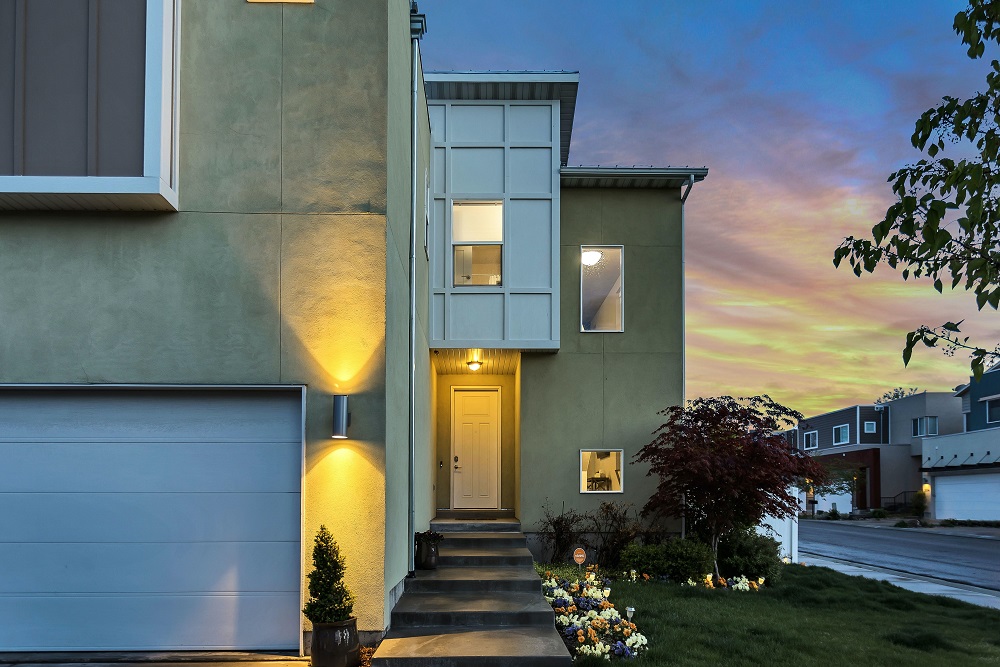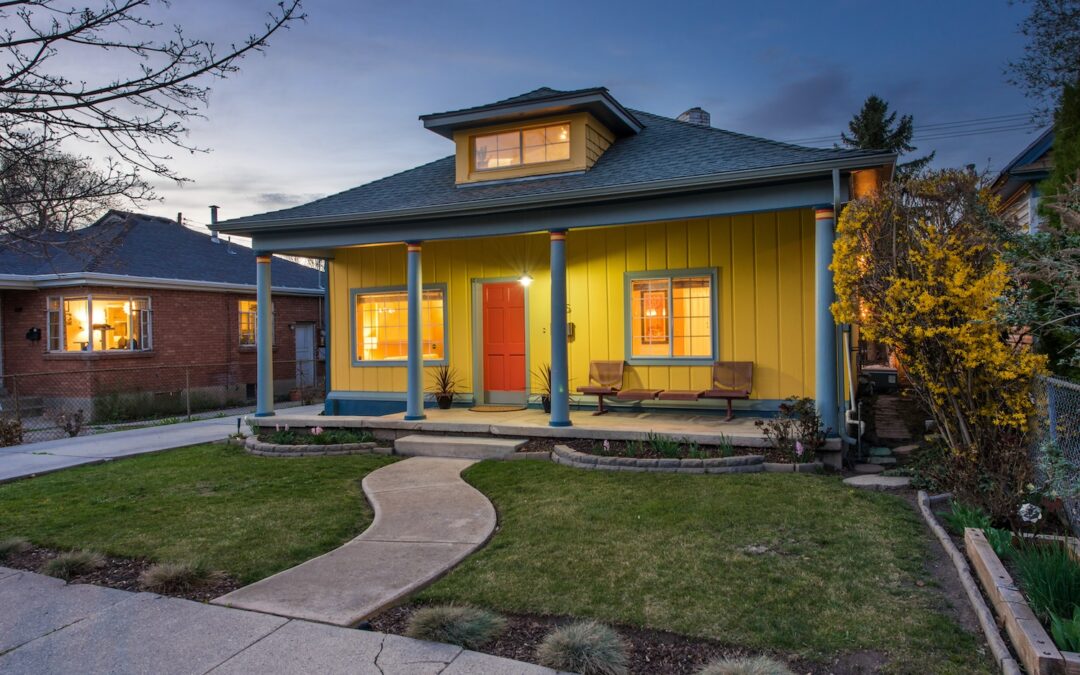You’ve been in your current home for a while, and now for personal reasons, you’ve decided it’s time for a new home. In a slow market, sellers are often willing to accept an offer contingent upon the sale of your home. However, homes in our market are still moving fast, and finding a home that you love with a seller willing to accept a contingent to sell offer is unlikely in price ranges where homes are moving. Furthermore, even if you can find that seller, those homes have often been on the market for a while and are overpriced, so the appraisal risk is much higher.
So what are your options?
The best option is to be pre-approved for your next home while you still own your current home. You’ll need to have the down payment saved and to be able to qualify for both mortgages.
Once you’ve purchased your new home, you put your existing home on the market and move once to your new home. The first payment on your new home won’t be due until the second month after you close; we always skip a month because interest is paid in arrears.
The down payment can come from the equity of your current home as long as taking that equity out of your existing home doesn’t make your debt to income ratio too high to qualify for your next home. Another source of your down payment could be a gift from a family member.
The advantage of this approach is:
- You only move once.
- You can get your current home ready to sell while you search for your new home.
- We can stage your home, photograph it and get it on the market as soon as we’re sure the purchase on the new home is going through.
- You can make improvements to your new home prior to moving into it.
Help from Family
If a family member has a lot of money, they might help you buy the home with cash or they might actually buy it with a loan and then resell it to you.
Once the purchase is complete, you sell your existing home and then take that equity and put financing in place on your new home.
Another option is a family member that was willing to cosign to help you qualify for the loan. However, I don’t like this approach as much because the cosigner will be on the hook for the loan with you, it will go against their debt to income ratio if they wanted to take a loan at a future date and there might be some additional liability to that family member.
Selling to an owner-occupied buyer
Sell your home to an owner-occupied buyer who is willing to rent back to you for 60 days. Fannie Mae and Freddie Mac guidelines allow an owner-occupied buyer to rent back to the seller of that home for up to 60 days. This is not ideal due to the short time frame, but it’s an option.
That said, you might get lucky and get your dream home under contract during that time. However, it is a short time to find that home and if you rush, you might not end up in as good of a house as you might have been able to buy if your time frame had been longer. The key to this approach working out is to be flexible about where you’re willing to live and what you need in your next home.
Keep in mind that there is also the risk that you won’t get a home under contract at all and will need to find a short-term rental, and that’s not easy to do because the rental market is tight, and you’ll have to move twice.
If you have someone in your family that has extra rooms in their home, where you could stay if you don’t find another house in time, this might be better than a short-term rental.
Selling to an investor
Sell your home to an investor who will rent it back to you. The people that send you the postcards in the mail and annoying texts about buying your home will be happy to buy your house for 15 to 20% less than it’s worth and rent it back to you. That’s not what I’m talking about here.
You could list your home and market it to investors. Then, an investor could rent it back to you for more than 60 days and give you the flexibility you need to get into a new home.
You might not even need to market to just investors; if it’s the right home and enough offers are coming in, there will be investors who will offer on it. I’ve taken this approach before and have had it work out. You might also find an owner-occupied buyer that has cash.
The disadvantage to this approach is that your home might not sell at the same premium as it would if all the owner-occupied buyers were competing for it too.
Renting your property
You could rent your existing home and count the rent toward what you qualify for your new mortgage. In this case, once you have your new home under contract, you lease your home and accept the security deposit. The lender will use the future rent amount toward your income in calculating your debt to income ratio.
This is new. It used to be that the seller would need to rent the property for six months so they’d have a track record as a landlord before the lender would count the rent toward your income, but that recently changed.
Contact me if this is of interest to you and keep in mind that there are some extra steps here, so this will be more challenging than the other approaches I mentioned above. However, it would still be an easier approach than finding a seller willing to accept an offer that is contingent upon selling your home.
To buy and sell a home at the same time is no easy feat. It requires a lot of preparation, determination, and adaptability—but it can be done. So if you’re in the process of buying (and selling) your home in Salt Lake City, give me a call today. I’d love to help!.




